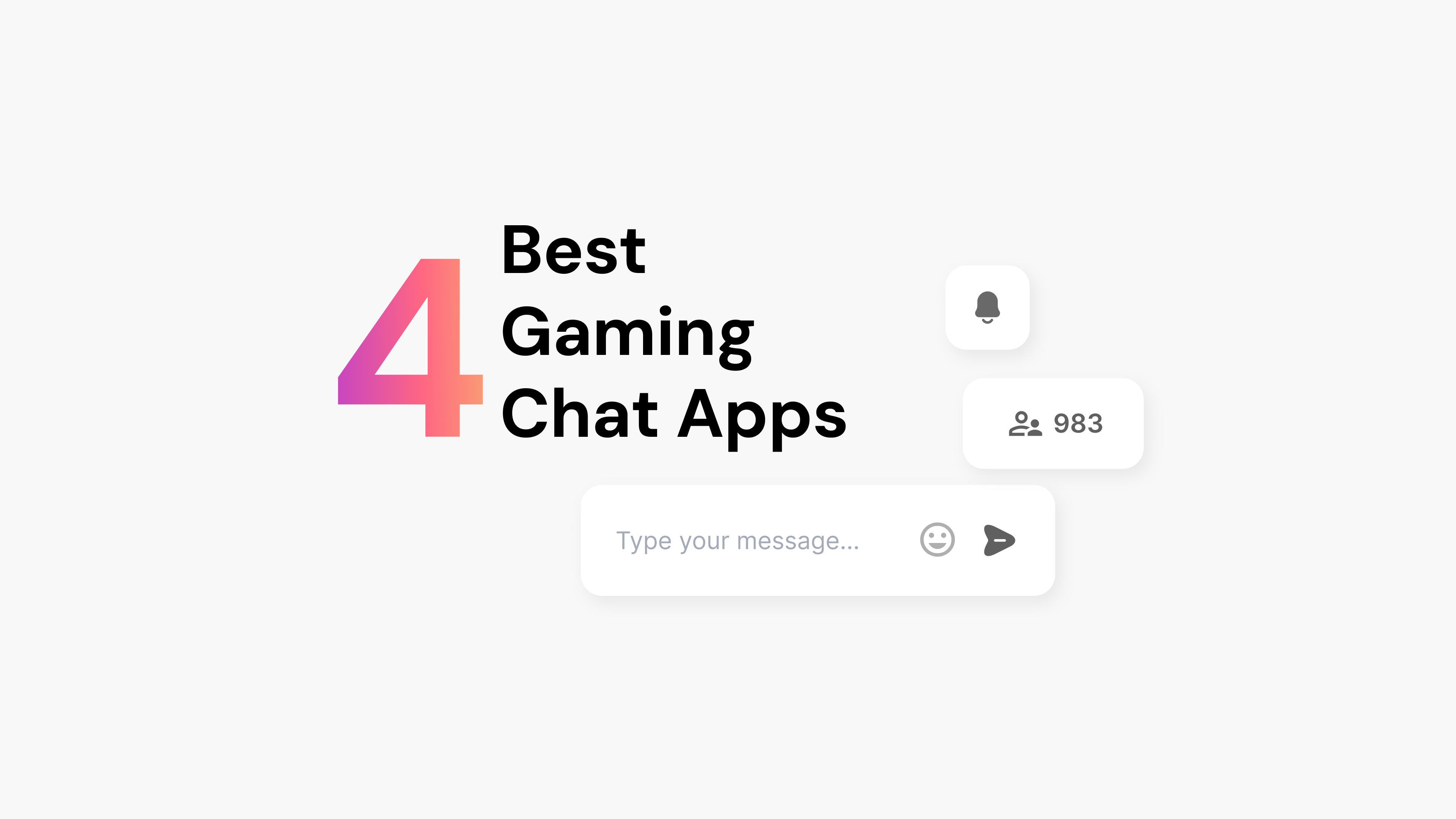Digital advertising changes every month, right?
The story looks different when you take a long-term perspective. We looked at digital advertising trends from the 1990s to the 2020s. This highlights several significant trends for publishers, and other companies focused on making the most of advertising.
The Big Picture of Advertising Revenue Is Bright

Hope is the first message we have taken from online advertising trends over the past 20 years.
Lesson 1: Digital advertising spending keeps growing despite short-term disruptions
Looking at digital advertising spending in the short run, spending patterns are highly volatile. As pandemic uncertainty hit the market, many companies temporarily pulled back on some forms of advertising in 2020. Similar short-term fluctuations happened in the 2008-2009 financial crisis.
Despite these short-term disruptions, the total amount of online advertising spending is increasing steadily. From 2010 to 2015, online advertising spending roughly doubled from $26 billion to $59 billion. Over and over again, the digital advertising market continues to grow significantly.
Committing substantial resources to digital advertising over other opportunities remains a wise long-term bet. That leaves an important question: Where should companies invest to keep growing their online audiences?
Lesson 2: Major shifts in online marketing tend to happen every ten years
Looking at the total dollar amount of digital advertising obscures several critical aspects of the story. The pattern is clear: there are significant changes in the digital advertising industry every decade or so.
For instance, the launch of the iPhone in 2007 changed the market dramatically as it became the first widely used smartphone for consumers. Brands and publishers that jumped on mobile advertising opportunities early enjoyed significant advantages.
The same early adopter advantage is apparent in other areas of the digital marketing landscape. The early years of social media platforms offered tremendous organic reach and low-cost ads.
As more and more brands flocked to the opportunity, competition made success more challenging. The increasing sophistication of MarTech apps and specialized digital marketing expertise partially offset these challenges.
If you’re looking for an alternative to social media platforms to fuel your digital growth, first-party data is the answer.
The Next Shift In Digital Advertising: The Rise of First-Party Data
The next major shift in digital advertising is just starting to dawn: first-party data. Third-party data will be dead for all practical purposes by 2023 as Apple and Google change their platforms. For a deep dive into first-party data and why it matters, see our post: What Is First-Party Data?
Without the right data, it’s all but impossible to run target advertising campaigns. That’s why you need a transition to first-party data.
That’s where first-party data comes in. Instead of relying on third parties like scandal-prone social media companies, first-party data is all about developing a direct connection with your audience.
Reinventing your marketing systems to thrive in the new era of first-party data will take effort. The best way to thrive in this era is to get the right technology and strategy in place. Adding Arena Live Chat and Live Blog to your website is a powerful way to gather more first-party data. Creating engaging online events is easy to attract your audience.
Adding Arena to your website usually takes less than an hour and doesn’t require any development resources. Find out more about Arena today.



